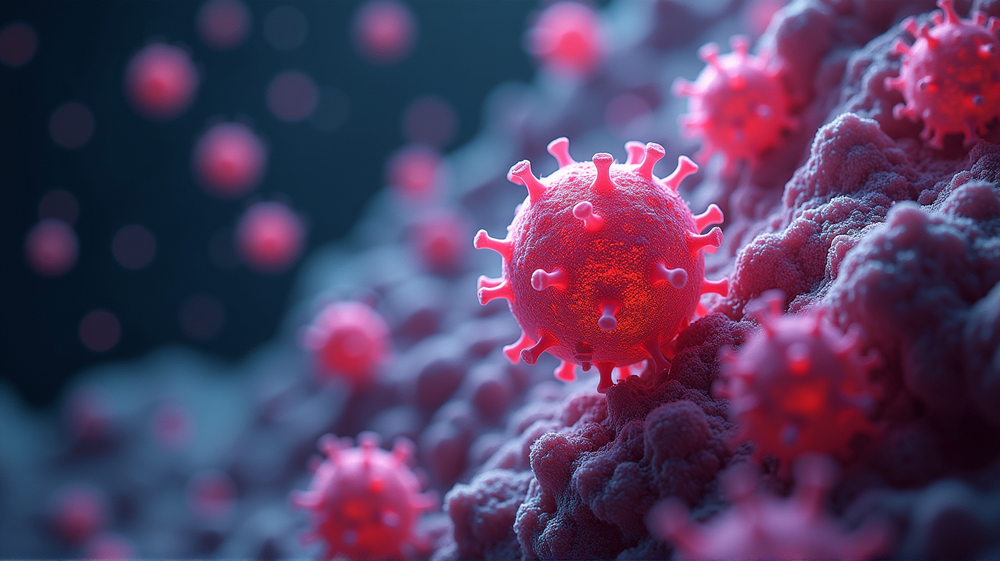As scientists continue their relentless pursuit to decode the labyrinth of COVID-19, a pivotal discovery unravels how the virus SARS-CoV-2 orchestrates the transformation of lung macrophages into foam cells, with significant implications for the disease’s severity and persistence.
Foam Cells: Beyond Chronic Inflammation
Traditionally associated with chronic inflammatory diseases, the newly identified foam cells in COVID-19 situations reveal intriguing behaviors. Macrophages, known defenders of lung health, succumb to SARS-CoV-2, displaying a peculiar alteration: engulfing lipids and skewing towards pathogenic roles—what exactly transforms them, though, remains exclusive to this virus.
A Transcontinental Investigation
Armed with cutting-edge methods, researchers orchestrated a three-pronged approach using humanized mice, rhesus macaques, and post-mortem data from humans, showcasing the transformation of lung macrophages into foam cells—an occurrence unseen in infections by other coronaviruses according to BIOENGINEER.ORG.
A Molecular Symphony of Fibrosis and Thrombosis
On the molecular stage, these foam cells activate genes entwined with fibrosis and thrombosis trailblazing new avenues for understanding the protracted lung damage in COVID-19. The focus shifts to these unique cellular transformations that mediate fibrosis, paving the way for potential therapeutic breakthroughs.
Therapeutic Horizons: Beyond Viral Suppression
Discovery underpins not only the potential of antiviral agents like molnupiravir to suppress foam cell formation but also prompts exploring adjunct therapies that target extensive lipid metabolism and macrophage responses. Early antiviral intervention emerges crucial in staving off long-lasting tissue damage, underscoring the need for timely medical countermeasures.
Rethinking COVID-19 Pathogenesis
This seminal study reiterates macrophages’ role transcends beyond short-lived cytokine storms, paving the way for future research prioritizing immune and metabolic pathways, hinting at a nuanced complexity of COVID-19 beyond initial assumptions.
The Promise Ahead
The potential for biomarker development to predict severe complications in COVID-19 is tantalizingly within reach, offering the possibility of customizing treatment regimens tailored to individual risk profiles. Ultimately, these findings redefine strategic directions in the global challenge against COVID-19 and its lingering aftermath, long COVID.
In essence, this study breathes fresh air into our understanding of SARS-CoV-2, spotlighting the pivotal foam cells while reinvigorating hopes for targeted therapies that could reshape disease management and enhance recovery narratives.













